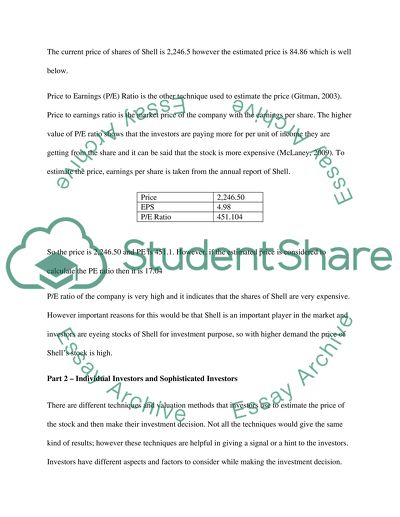Cite this document
(Stock Valuation and Behavioral Finance Case Study, n.d.)
Stock Valuation and Behavioral Finance Case Study. Retrieved from https://studentshare.org/finance-accounting/1460429-stock-valuation-and-behavioral-finance
Stock Valuation and Behavioral Finance Case Study. Retrieved from https://studentshare.org/finance-accounting/1460429-stock-valuation-and-behavioral-finance
(Stock Valuation and Behavioral Finance Case Study)
Stock Valuation and Behavioral Finance Case Study. https://studentshare.org/finance-accounting/1460429-stock-valuation-and-behavioral-finance.
Stock Valuation and Behavioral Finance Case Study. https://studentshare.org/finance-accounting/1460429-stock-valuation-and-behavioral-finance.
“Stock Valuation and Behavioral Finance Case Study”, n.d. https://studentshare.org/finance-accounting/1460429-stock-valuation-and-behavioral-finance.


